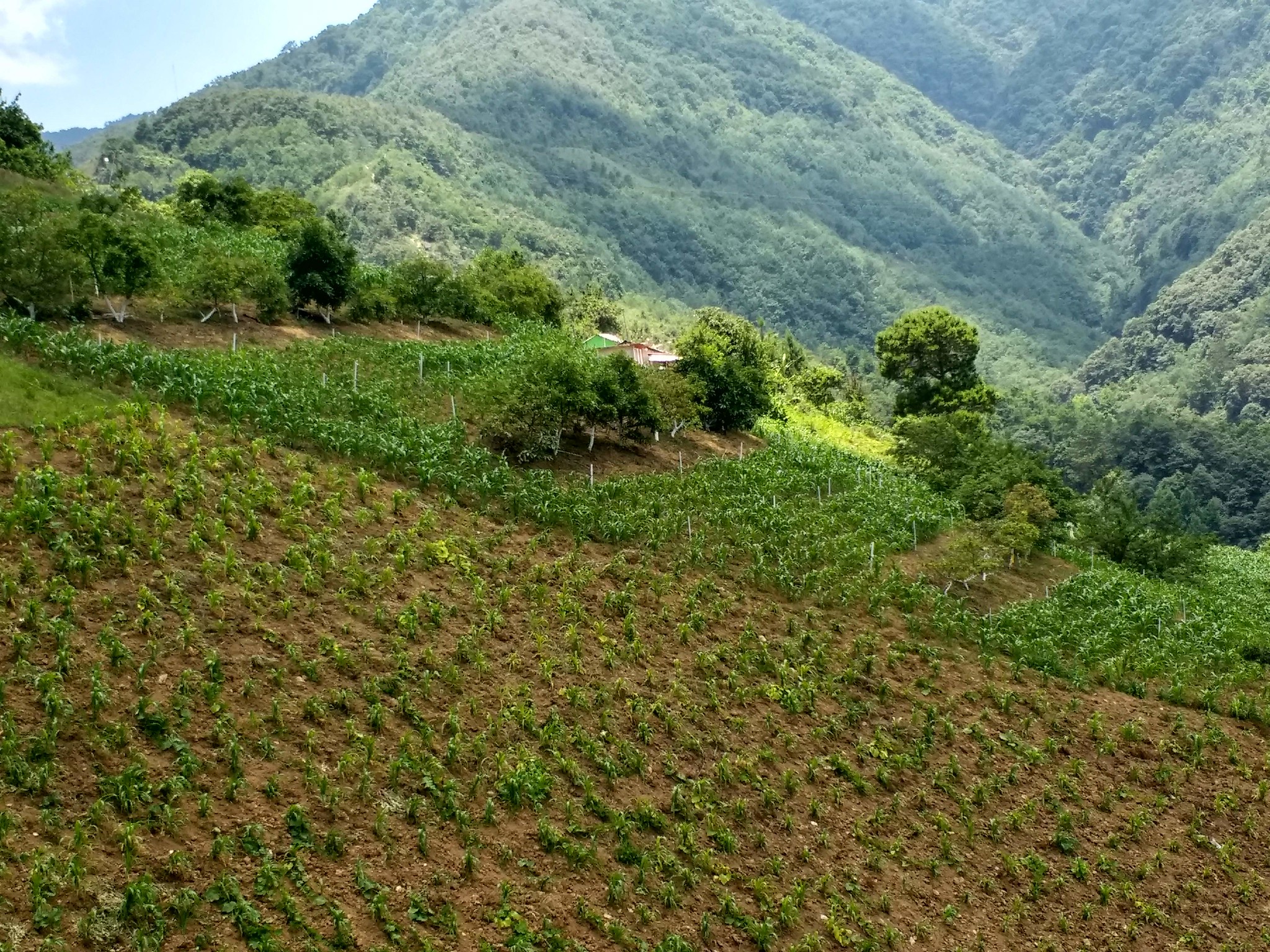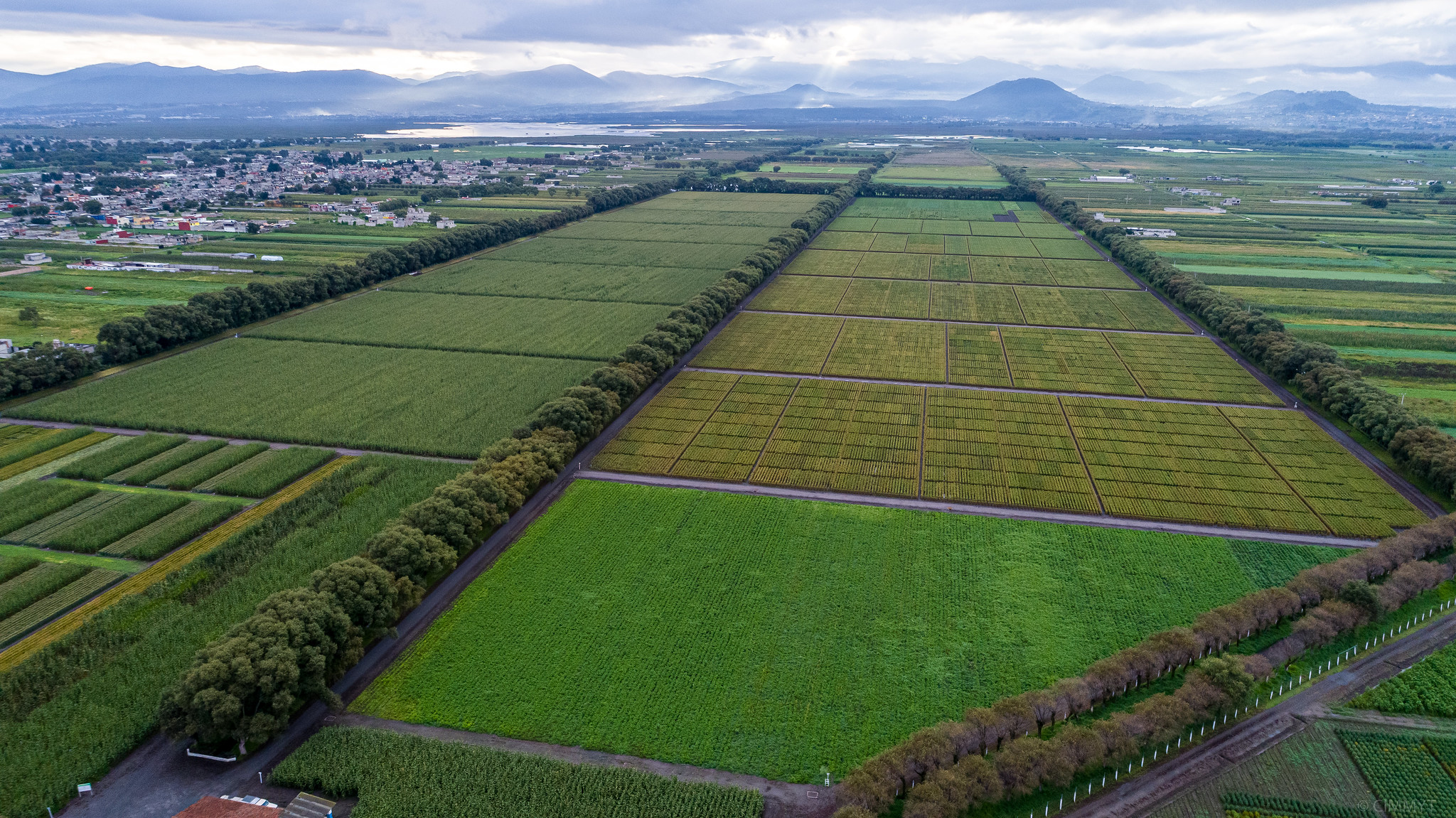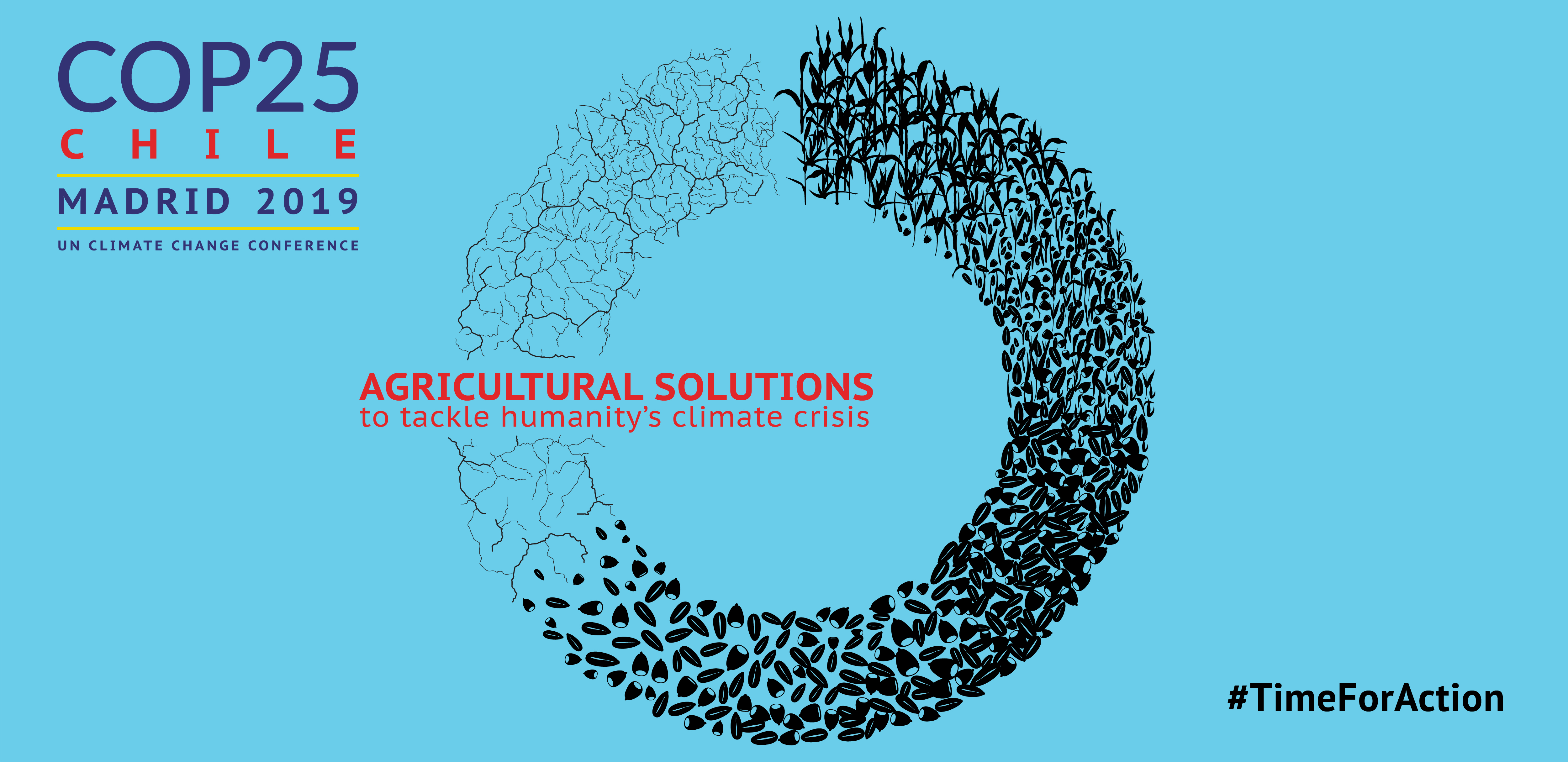Integrated management of organic and inorganic nitrogen sources in high- to low-yield cereal production could bring yearly savings in nitrogen fertilizer of over 1 million tons in India, some 90,000 tons in Ethiopia, and more than 20,000 tons in Malawi, according to a new scientific paper, “Spatially differentiated nitrogen supply is key in a global food-fertilizer price crisis.”
“Global policies and governments should prioritize nitrogen supplies to low-yield, low-fertility cropping systems, such as smallholder maize and rice farms in Malawi, which are representative of the highly N-deficient cereal systems relied upon by over 100 million people in sub-Saharan Africa,” said Sieglinde Snapp, director of the Sustainable Agrifood Systems Program at the International Maize and Wheat Improvement Center (CIMMYT) and first author of the paper. “Those farmers should also ramp up organic nitrogen inputs, such as manure and legume crops.”
In the intensive, high-yield cropping systems of India, farmers generally over-apply N fertilizer on 90% of the rice and wheat crops and more than half of maize crops. Less than half the nitrogen is taken up and used by the crops and the rest is lost into the environment, contaminating water, land, and the atmosphere. “Simply saving the excess fertilizer from over-fertilized areas and shifting it to low-application areas could increase global crop yields by 30%, with huge reductions in greenhouse gas emissions,” said Tek Sapkota, co-author of the paper and climate change leader at CIMMYT.
This study is based on evidence of achievable shifts in nitrogen management over 1-2 years, for a modest proportion of cropped area (10%). “We did not assess interventions with longer time horizons or large investment requirements such as precision agriculture, mechanization, or deep placement of fertilizer,” Snapp explained.
Snapp and her colleagues used evidence from the scientific literature to estimate N-fertilizer savings from the above interventions for maize, wheat, and rice cropping systems in India, Ethiopia, and Malawi. Integrated organic and inorganic nitrogen management was estimated by considering manure and legume N inputs along with N fertilizers. The effect of reallocating public subsidies to more cost-effective, high-N fertilizer was calculated as the extra nitrogen that could be made available through a lower unit cost of nitrogen.
Food production vs healthy environment?
According to Snapp, humanity is caught in a bind. Food crops grown using synthetic nitrogen fertilizer have fed expanding world populations since the 1960s, fertilizer use has increased nearly 10-fold since then, and significantly higher food demands lie ahead to mid-century. At the same time, poor use of N fertilizer is hurting the environment and, most recently, geopolitical conflicts have disrupted N fertilizer supplies and exposed the vulnerabilities of the global fuel-fertilizer-food nexus.
“In regions where cropping systems are highly deficient in nitrogen, investment is needed in policies and extension education to promote the use of organic nitrogen residues and legume crops,” Snapp said.
Extension agencies, she suggests, can extend their reach using digital tools and bi-directional communication approaches that engage local knowledge and farmers, including advisories regarding local soils and crop and fertilization requirements.


 Nutrition, health and food security
Nutrition, health and food security 
